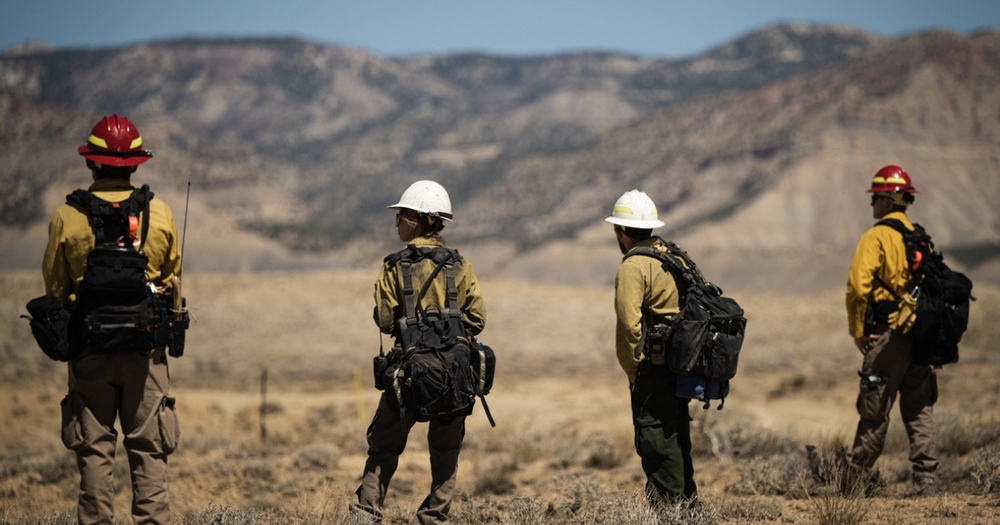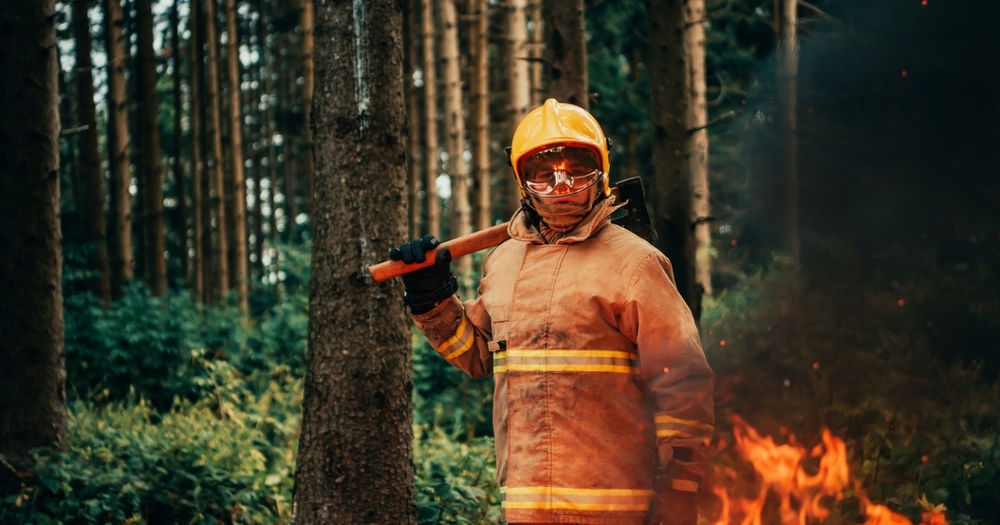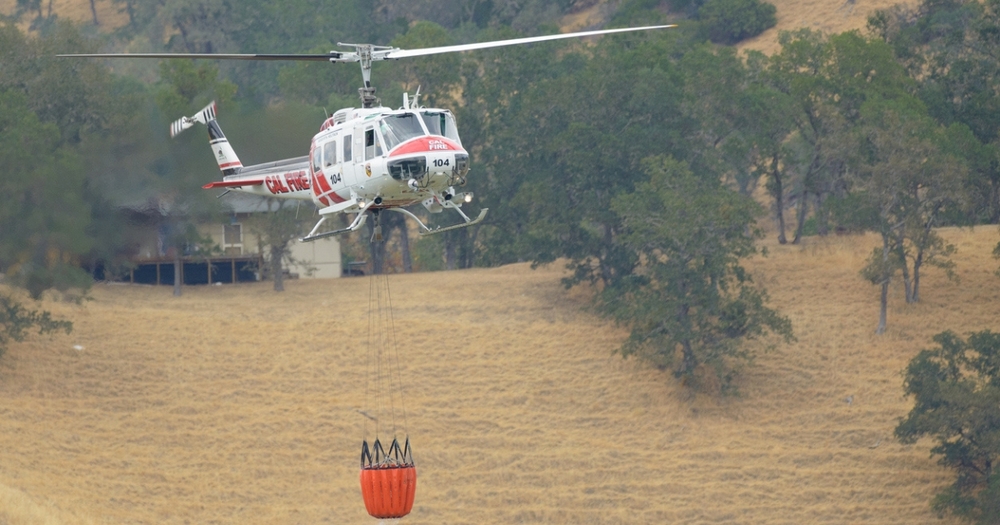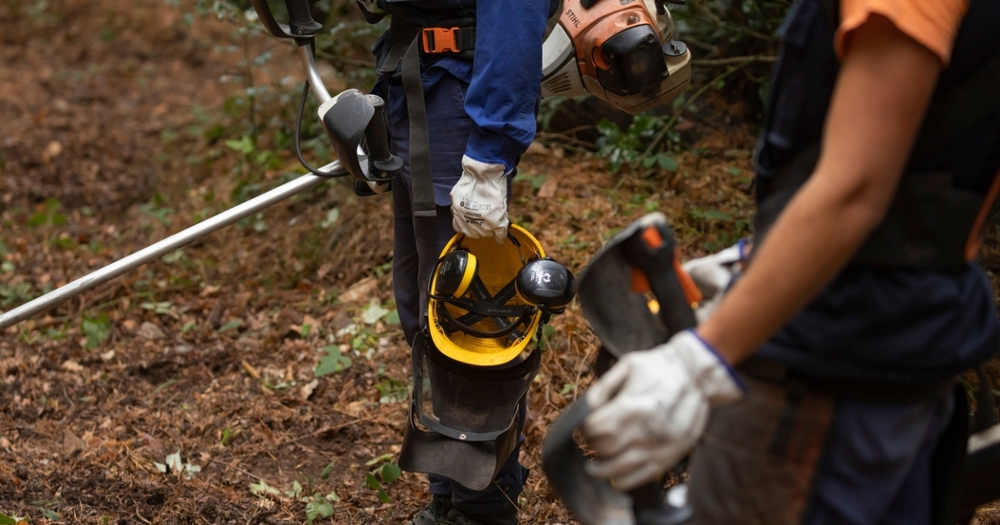
Whether you're a seasoned wildland firefighter or someone considering a career in this brave line of work, understanding the essential wildland firefighting tools and equipment you'll need is paramount for both your effectiveness and safety.
Hand Tools

These tools are used for a multitude of tasks, from digging firebreaks to chopping wood, and are often the first line of defense against the spread of a fire.
- Pulaski: A combination of an axe and an adze, the Pulaski is invaluable for both chopping wood and digging soil.
- McLeod: A raking and digging tool that's especially effective for clearing leaves and debris, as well as for cutting through roots.
- Shovel: Used for digging fire lines, a shovel is one of the most versatile tools in a firefighter's arsenal.
- Fire Rake: Designed with sharp, triangular teeth, fire rakes are used to cut fire lines through leaves and softer vegetation quickly.
- Fire Swatter (Flapper): Used to smother smaller fires or hotspots with a rubber flap.
- Drip Torch: This tool allows you to control burn areas by dripping ignited fuel onto the ground, useful for creating backfires.
- Combi Tool: Similar to a hoe but designed for tougher tasks, useful for cutting firebreaks.
- Pickaxe: Useful for breaking up harder ground or rocks when digging fire lines.
- Machete: Used for quickly clearing brush and vegetation.
Power Tools
While hand tools like the Pulaski and McLeod are indispensable for the fine-tuned aspects of fire control, power tools offer the efficiency and speed often required in rapidly evolving wildfire scenarios.
- Portable Pumps:
- Water Pumps: These are used to draw water from various sources and pump it through hoses to fight fires.
- Foam Pumps: Specialized pumps can mix fire-retardant foam with water to create a more effective fire suppressant.
- Chainsaws: Essential for cutting down trees or branches quickly to create firebreaks.
- Blowers: Efficiently used for direct attacks on backfires and flank fires, blowers offer unmatched versatility in dense vegetation and can control fire direction, though they risk reignition and ember dispersal.
- Powered Fire Hose Reels: Motorized hose reels allow for quicker deployment and retraction of fire hoses, saving time and labor.
- Hydraulic Tools: Tools like hydraulic shears can quickly cut through metal or wood, useful for rescues or creating access points.
Water Supply and Distribution

When you're out in the field, you don't just need water; you need a way to store, transport, and apply it efficiently. This is especially true in remote locations where water sources might be scarce or inaccessible.
- Portable Water Tanks: Vital for storing large quantities of water, particularly useful in remote or hard-to-reach locations. They come in various sizes and materials, from collapsible options to rigid polyethylene tanks.
- Hoses and Nozzles: Different types of hoses, such as hardline and soft-sleeve, offer various benefits depending on the situation. Nozzles also come in different shapes and sizes, each designed for a specific type of water distribution, from a fine mist to a powerful stream.
- Water Tenders: Specialized vehicles equipped with large tanks for transporting water to the fire scene. They can also serve as a filling station for portable tanks and hoses.
- Backpack Pumps: Hand-operated water pumps that are carried on the back, allowing firefighters to deliver water to hot spots quickly.
- Water Thieves and Wyes: These are hose fittings that allow for multiple hoses to be attached to a single water source.
- Fire Pumps: Portable fire pumps can be carried into remote areas and are often used to pull water from natural sources like rivers or ponds.
Protective Gear
The right protective gear can shield you from extreme temperatures, flying debris, and other hazards, allowing you to focus on the task at hand.
- Fire-Resistant Clothing: Nomex or other fire-resistant materials are a must for your outer layer. Look for options that offer mobility as well as protection.
- Fire-Resistant Boots: Boots should be sturdy, slip-resistant, and made of materials that can withstand high temperatures. They should also offer good ankle support and be comfortable for long periods.
- Gloves: Choose leather gloves with extended cuffs that are not only fire-resistant but also offer a good grip for handling tools.
- Helmet with Goggles: Wildland firefighters wear lightweight, breathable helmets equipped with goggles for protection against smoke, embers, and debris, often complemented by a shroud to shield the neck and ears.
- Bandanas or Face Masks: N95 masks or bandanas can provide a basic level of protection against inhaling smoke and particulates.
- Fire Shelter: An essential last-resort protective measure, designed to reflect radiant heat and provide a breathable atmosphere in entrapment situations.
- Hearing Protection: Earplugs or earmuffs can protect against noise from chainsaws, helicopters, and other loud equipment.
- Knee and Elbow Pads: These can offer extra protection when you need to kneel or crawl, which can often be the case in rough terrain.
- Backpack or Carrying System: You'll need a reliable way to carry your PPE and other equipment, especially in situations where you have to move quickly.
Fire Prevention and Planning

These tools help identify areas at risk, create defensible spaces, and set the stage for more effective and safer firefighting when a fire does occur.
- Tree Marking Paint: Used for marking trees that need to be removed to create firebreaks or for controlled burns. Tree paint comes in a variety of easily visible colors and is generally formulated to be environmentally friendly.
- Soil Moisture Meters: Help determine the moisture level of the soil, aiding in the assessment of fire risk in a particular area.
- Anemometers: Measure wind speed and direction, critical variables for understanding fire behavior and planning controlled burns.
- Fuel Sampling Kits: Used to assess the types and conditions of vegetation in an area to determine its flammability.
Choosing the Right Gear
Remember, the best wildland fire gear is only as good as the people using them. Proper training, ongoing maintenance, and rigorous safety protocols are essential to making the most out of your toolkit. It's not just about having the right tools, but also knowing how to use them effectively and safely.
Discover the essential tools and gear for wildland firefighting. From hand tools to protective gear, equip yourself for a safer and more effective firefighting career.



